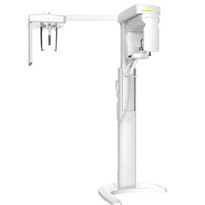Diagnostic imaging is crucial in providing valuable insights into oral health conditions that are not visible during a routine dental examination.
In this article, we will define diagnostic imaging in dentistry, discuss its importance, and discuss the benefits it provides to both dental professionals and patients.
Understanding Diagnostic Imaging
Diagnostic imaging is the use of imaging techniques to visualise and evaluate oral structures such as teeth, bones, and soft tissues. These techniques allow dentists to obtain detailed images that aid in the diagnosis of dental conditions and the selection of the best treatment options. X-rays, panoramic radiography, cone beam computed tomography (CBCT), and intraoral cameras are all examples of dental imaging.
Importance Of Diagnostic Imaging
Accurate Diagnosis
Diagnostic imaging allows dentists to visualise hidden dental issues such as cavities, impacted teeth, bone loss, and infections that are not easily detectable during a visual examination. It helps in identifying the extent and severity of the condition, enabling dentists to provide accurate diagnoses.
Treatment Planning
Detailed images obtained through diagnostic imaging assist dentists in creating comprehensive treatment plans tailored to each patient's specific needs. It allows them to determine the most suitable treatment options and develop precise surgical or restorative techniques, leading to improved outcomes.
Early Detection Of Problems
Diagnostic imaging aids in the early detection of dental issues before they become more severe. By identifying problems in their early stages, dentists can intervene promptly, potentially preventing further damage and the need for more invasive procedures.
Benefits Of Diagnostic Imaging
Patient Education
Diagnostic imaging provides visual evidence of dental conditions, enabling dentists to effectively communicate the diagnosis and treatment recommendations to their patients. This helps patients understand the significance of the condition and make informed decisions about their oral health.
Precision And Safety
Advanced imaging techniques such as CBCT offer high-resolution, three-dimensional images that provide precise anatomical details. This improves the accuracy of diagnoses and treatment planning while minimising potential risks and complications.
Collaboration And Referrals
Diagnostic imaging facilitates effective collaboration among dental professionals. Dentists can share images with specialists or refer patients for further evaluation or treatment. This multidisciplinary approach ensures comprehensive care and optimal patient outcomes.
Dentists can ensure precise diagnoses, tailor treatment plans, and provide superior care by incorporating these imaging techniques into their practices, ultimately contributing to better oral health outcomes for their patients.
Get in touch with the William Green team to learn more about diagnostic imaging.











-160x160-state_article-rel-cat.png)







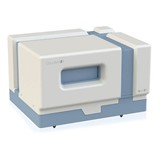

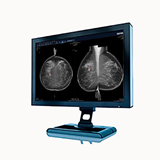
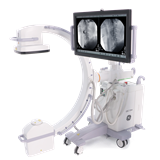

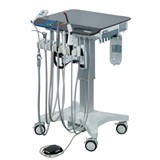
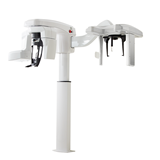


-205x205.jpg)
-205x205.jpg)
-205x205.jpg)
-205x205.jpg)
-205x205.jpg)
-205x205.jpg)

-205x205.jpg)
-205x205.jpg)
